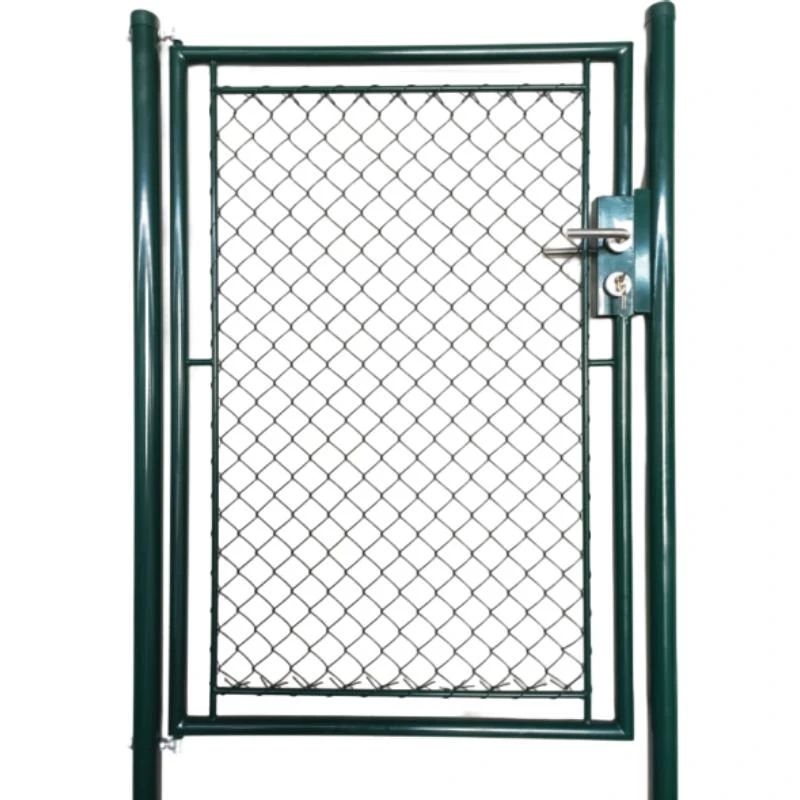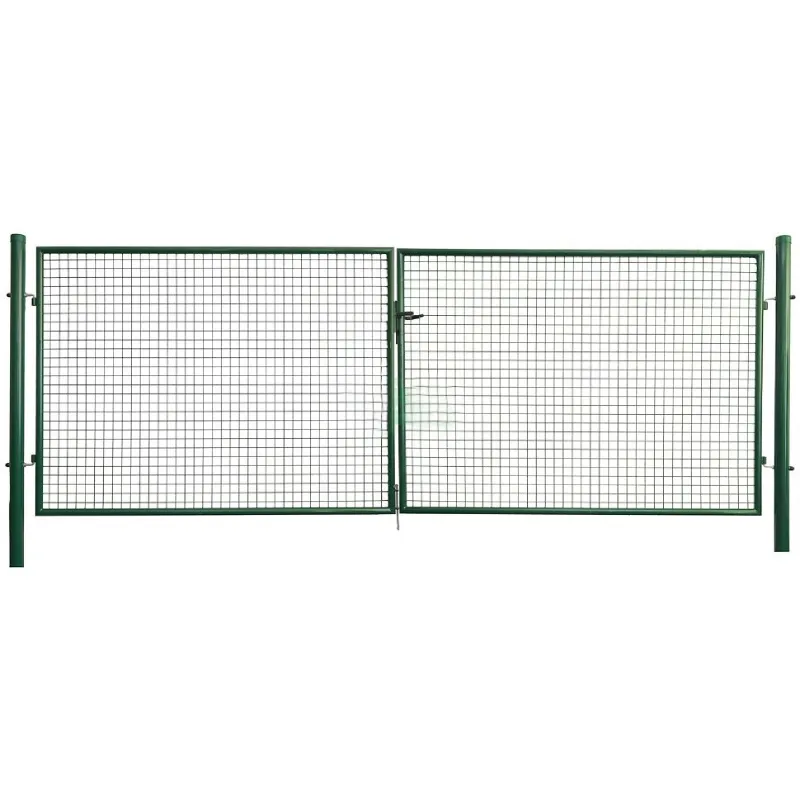-
E-post:zhao@hyliec.cn
-
Tel:+86 311 85273988
-
WhatsAPP:8613931128750
-
 afrikanska
afrikanska -
 albanska
albanska -
 amhariska
amhariska -
 arabiska
arabiska -
 armeniska
armeniska -
 azerbajdzjanska
azerbajdzjanska -
 baskiska
baskiska -
 vitryska
vitryska -
 bengaliska
bengaliska -
 bosniska
bosniska -
 bulgariska
bulgariska -
 katalanska
katalanska -
 Cebuano
Cebuano -
 korsikanska
korsikanska -
 Kroatisk
Kroatisk -
 tjeckiska
tjeckiska -
 danska
danska -
 holländska
holländska -
 engelsk
engelsk -
 esperanto
esperanto -
 estniska
estniska -
 finska
finska -
 franska
franska -
 frisiska
frisiska -
 galiciska
galiciska -
 georgiska
georgiska -
 tysk
tysk -
 grekisk
grekisk -
 Gujarati
Gujarati -
 haitisk kreol
haitisk kreol -
 hausa
hausa -
 hawaiian
hawaiian -
 hebreiska
hebreiska -
 Nej
Nej -
 Miao
Miao -
 Ungerska
Ungerska -
 isländska
isländska -
 igbo
igbo -
 indonesiska
indonesiska -
 irländsk
irländsk -
 italienska
italienska -
 japanska
japanska -
 javanesiska
javanesiska -
 Kannada
Kannada -
 kazakiska
kazakiska -
 Khmer
Khmer -
 rwandiska
rwandiska -
 koreanska
koreanska -
 kurdiska
kurdiska -
 kirgiziska
kirgiziska -
 TB
TB -
 latin
latin -
 lettiska
lettiska -
 litauiska
litauiska -
 Luxemburgiska
Luxemburgiska -
 makedonska
makedonska -
 Malgashi
Malgashi -
 malajiska
malajiska -
 Malayalam
Malayalam -
 maltesiska
maltesiska -
 Maori
Maori -
 Marathi
Marathi -
 mongoliska
mongoliska -
 Myanmar
Myanmar -
 nepalesiska
nepalesiska -
 norska
norska -
 norska
norska -
 occitanska
occitanska -
 Pashto
Pashto -
 persiska
persiska -
 putsa
putsa -
 portugisiska
portugisiska -
 Punjabi
Punjabi -
 rumänska
rumänska -
 ryska
ryska -
 Samoan
Samoan -
 skotsk gaeliska
skotsk gaeliska -
 serbiska
serbiska -
 engelsk
engelsk -
 Shona
Shona -
 Sindhi
Sindhi -
 singalesiska
singalesiska -
 slovakiska
slovakiska -
 slovenska
slovenska -
 somaliska
somaliska -
 spanska
spanska -
 Sundanesiska
Sundanesiska -
 Swahili
Swahili -
 svenska
svenska -
 Tagalog
Tagalog -
 tadzjikiska
tadzjikiska -
 Tamil
Tamil -
 tatariska
tatariska -
 Telugu
Telugu -
 Thai
Thai -
 turkiska
turkiska -
 turkmeniska
turkmeniska -
 ukrainska
ukrainska -
 Urdu
Urdu -
 Uigur
Uigur -
 uzbekiska
uzbekiska -
 vietnamesiska
vietnamesiska -
 walesiska
walesiska -
 Hjälp
Hjälp -
 jiddisch
jiddisch -
 Yoruba
Yoruba -
 Zulu
Zulu
Trädgårdsportar
Cheap Garden Gates For Sale
You can find cheap garden gates for sale at various home improvement stores, online retailers, and local hardware shops. Consider looking for sales, clearance items, or second-hand options to find affordable garden gates that meet your needs. Additionally, exploring different types and sizes can help you find cost-effective solutions for your garden gate. Be sure to compare prices, quality, and reviews to make an informed decision.
Garden Gate Construction
1. Planning: Determine the location and dimensions of the gate, considering the width of the pathway or opening. Decide on the type of gate, such as a single or double gate, and the materials to be used.
2. Materials: Select the appropriate types and sizes for the gate, such as round tube gates or square tube gates, single wing gates or double wings gates, ensure to meet requirements of maximum.
3. Frame assembly: Construct the frame of the gate using the chosen types and sizes . This may involve cutting and assembling the frame pieces, ensuring that they are square and level.
4. Adding infill: Depending on the design, add infill materials such as pickets, panels, or mesh to the gate frame. Secure the infill materials to the frame using appropriate fasteners.
5. Hardware installation: Install hinges, latches, and any additional hardware required for the gate to function properly. Ensure that the hardware is durable and suitable for outdoor use.
6. Finishing touches: Sand the gate to smooth any rough edges and apply a protective finish or paint to enhance its durability and appearance.
7. Installation: Once the gate is constructed, install it in the desired location, ensuring that it swings freely and latches securely.
It's important to follow any local building codes or regulations when constructing a garden gate, especially if it will be used as a boundary or security feature. If you're unsure about the construction process, consider consulting with a professional or seeking guidance from experienced individuals.





